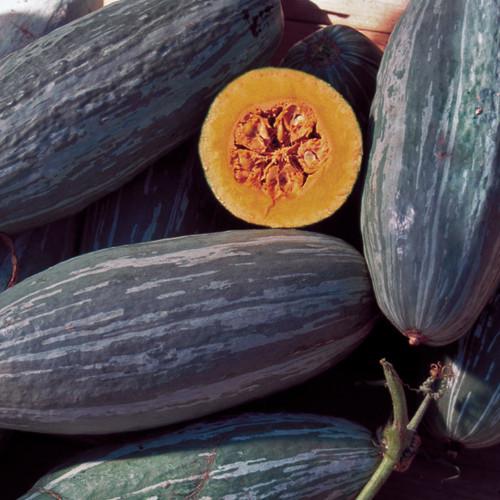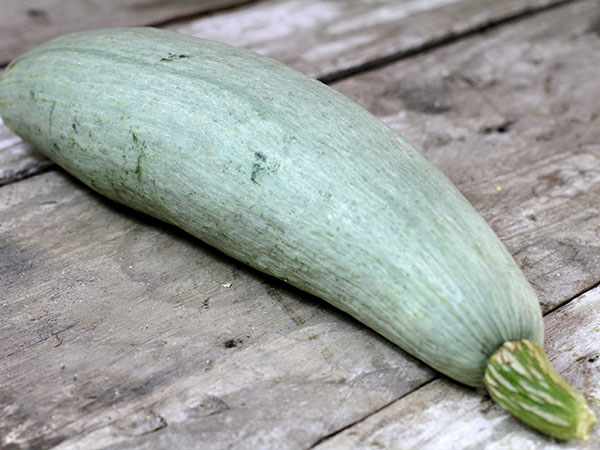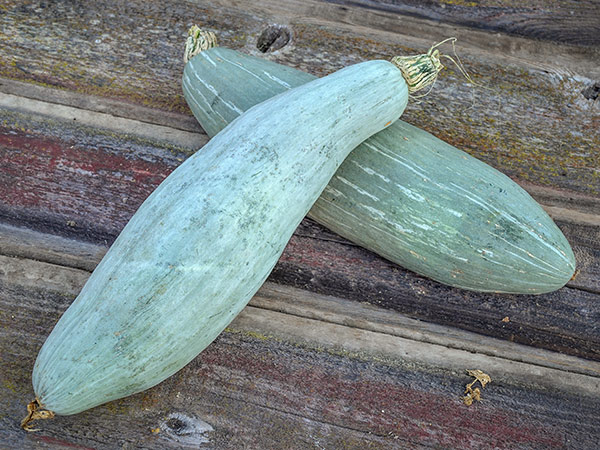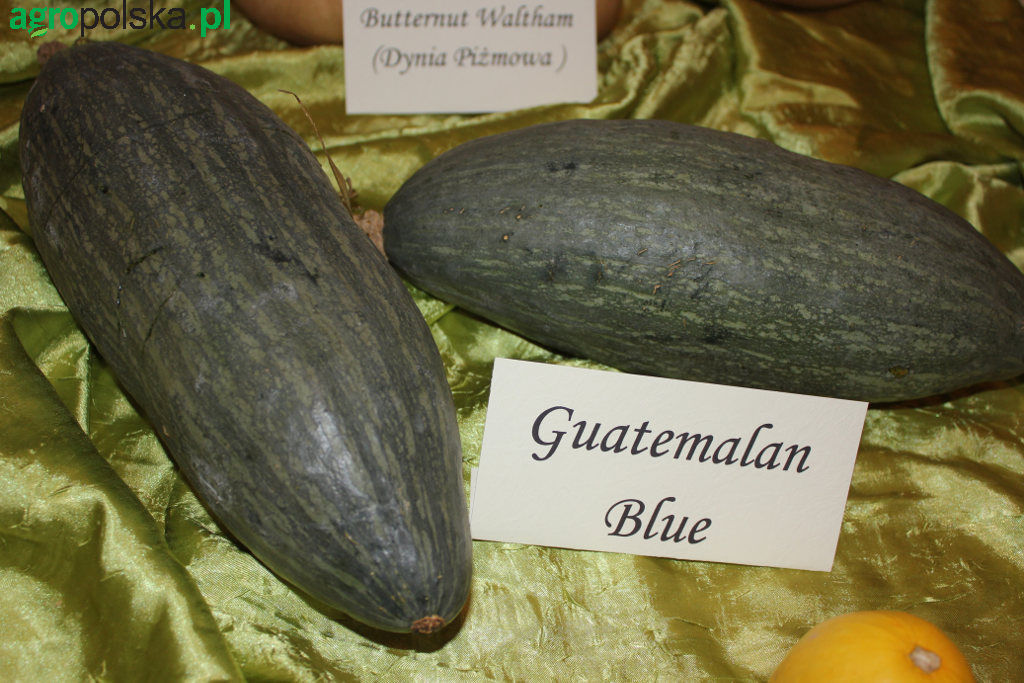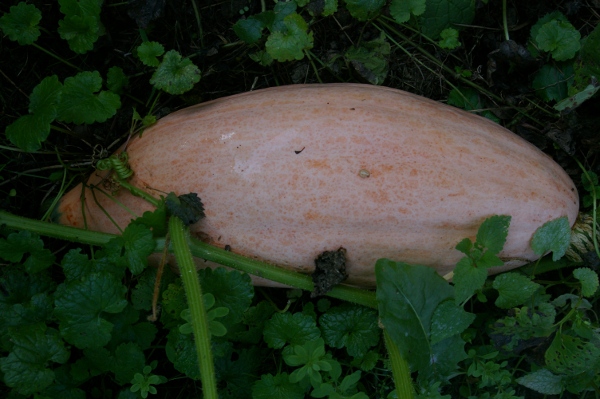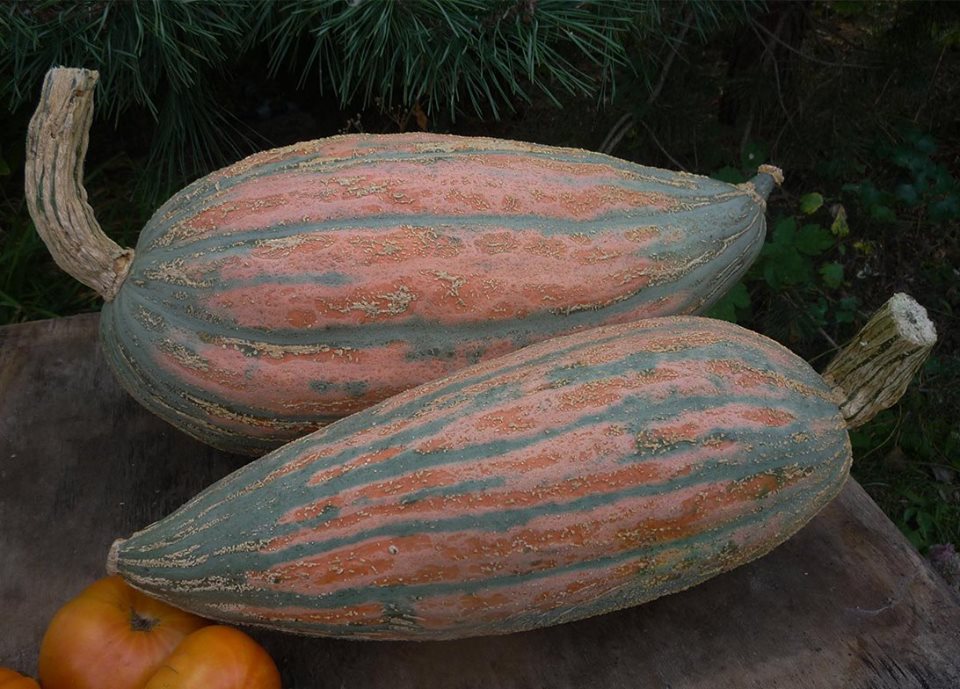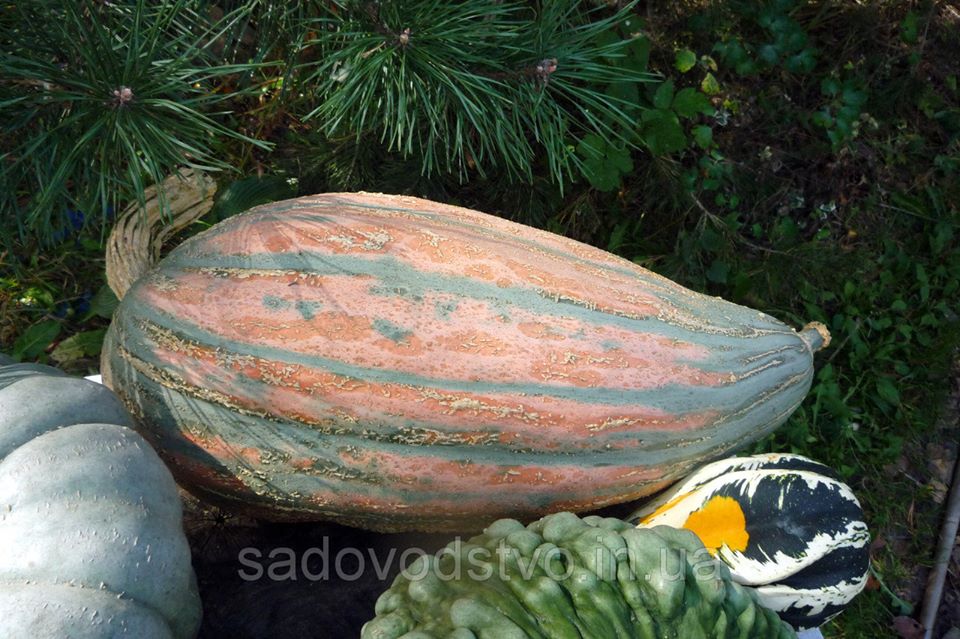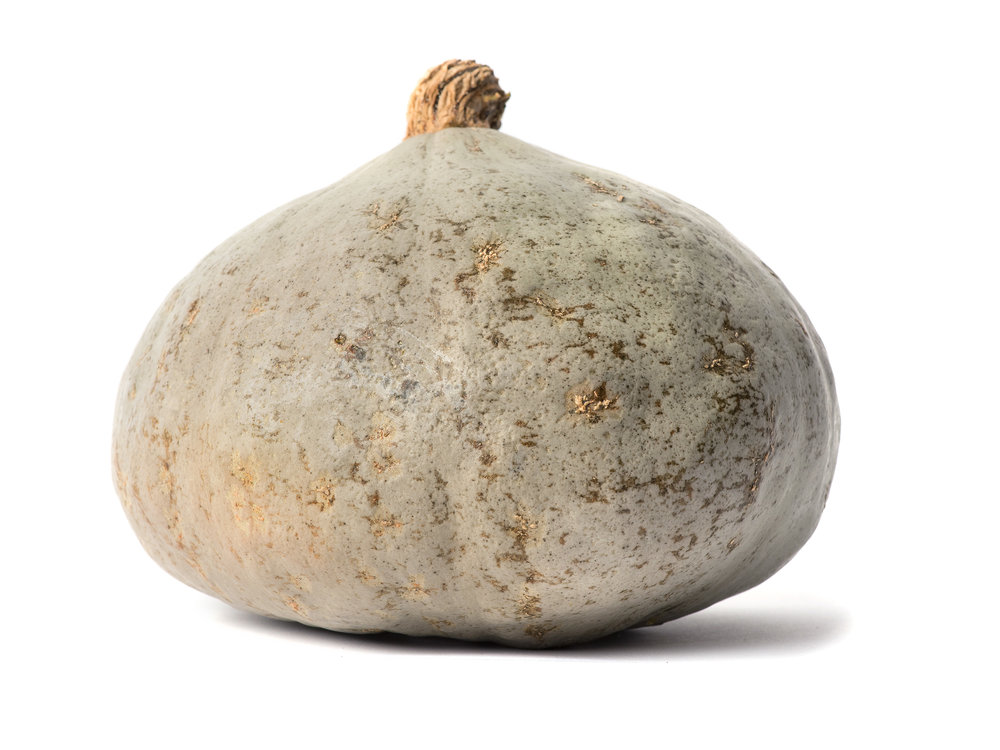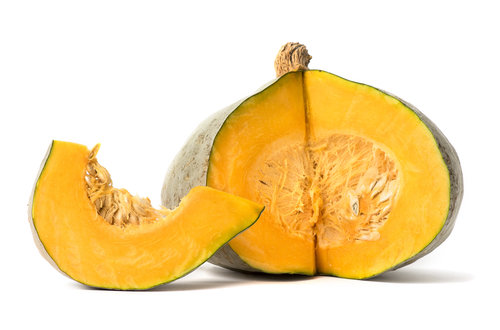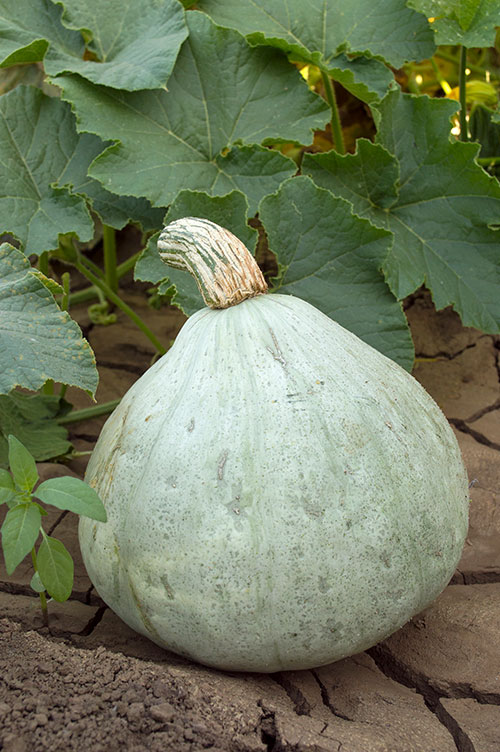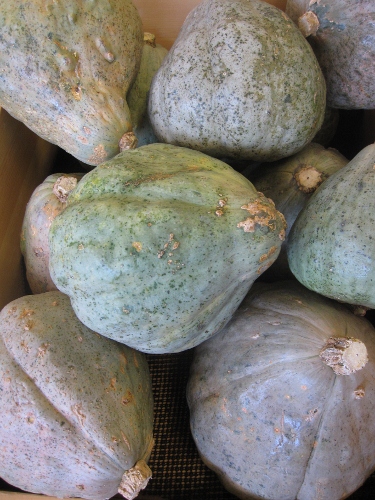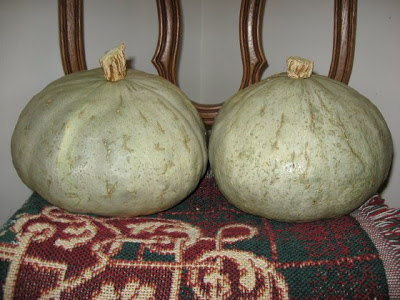 MBZ
MBZ

|
|
|
|
|
| ||||

Fruit Color: Slate Blue with striping. The long fruits typically weight 5 pounds at harvest, and have rich orange flesh. Among squash enthusiasts, it is noted that the blue and green varieties offer a superior flavor when compared to the pink.
Geography/History
Squashes of Cucurbita maxima can trace their origins back to South America and made their way to North America sometime after 1492. Seeds from an archaeological site in Peru matched the distinct identity of today's Banana squash cultivar. It would be traded and traveled to other regions within the Americas, yet maintain its identity as a true New World crop. The family of Banana squashes were introduced into the United States by R.H. Shumway in 1893. Though the Shumway seed catalog would be the initial Banana squash orientation within the U.S., other seed catalogs would soon follow and by the early twentieth century the Banana squash was becoming a popular winter squash variety. Somehow, though, it would eventually fall out of favor to modern winter squash commonplace varieties such as butternut and acorn squash and simply more fashionable squashes such as baking pumpkins. Most Banana squash variety seeds are housed among heirloom seed savers and rarely find themselves in the commercial marketplace. Perhaps a secondary reason is that the Banana squash requires long periods of warm season weather to reach maturity, often staying on the vine for up to one hundred twenty days, requiring over a half-year to cultivate and making for a mere single crop annually.
Seed Reviews:
Grown successfully in USA. Plant needs a lot of room. Very productive.
Varieties:
Silver Bell
The bell-shaped fruits weigh up to 1.5 kg. The gray-green epidermis turns pink during storage. Delicious flesh, dry and orange color.
It is an old variety selected from Banana Blue by Ferry-Morse Seed Co in 1956.
